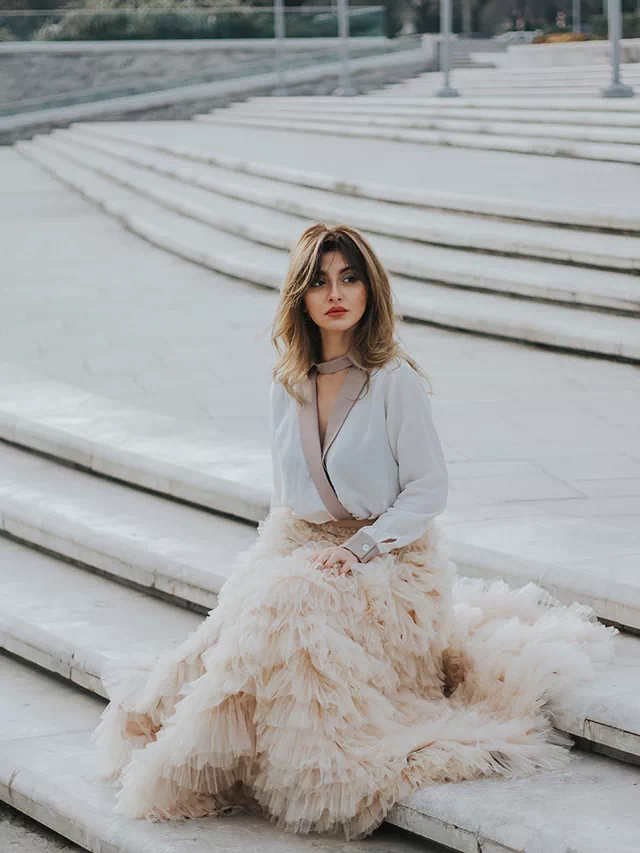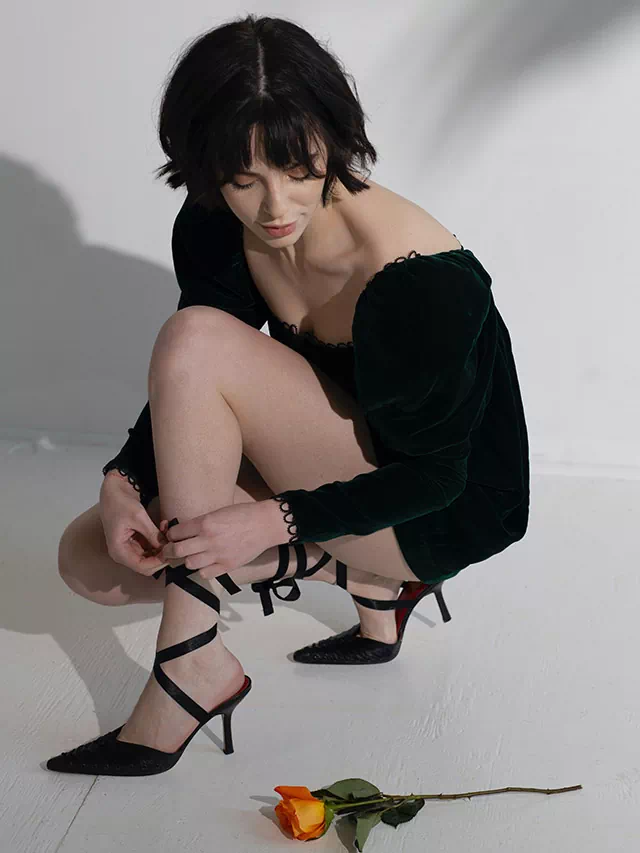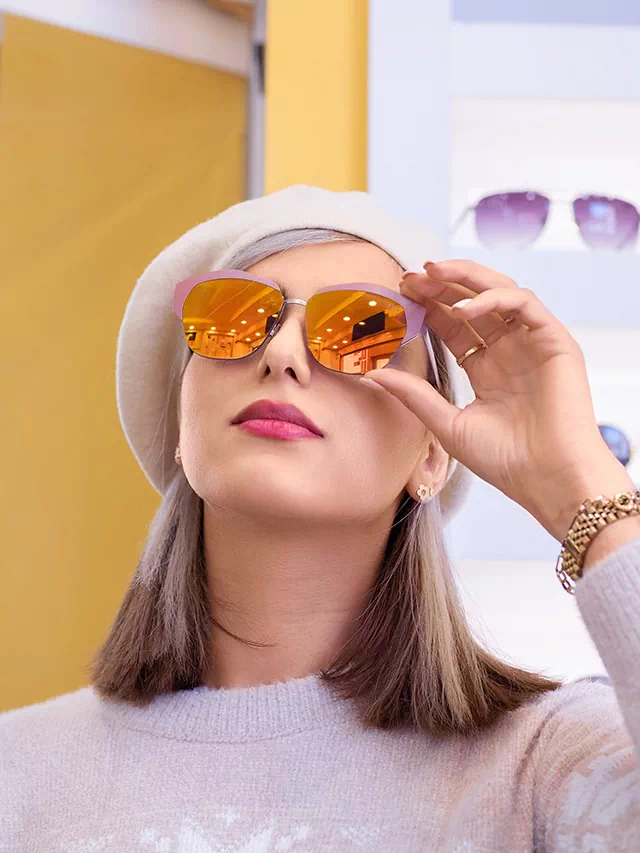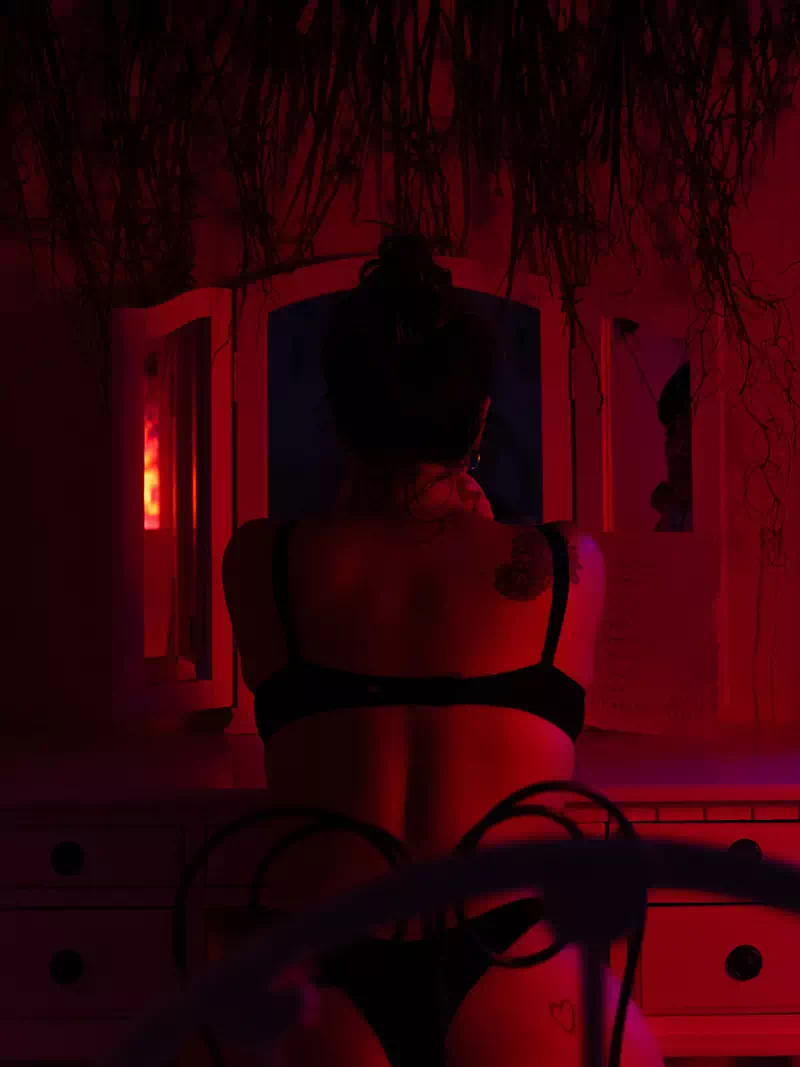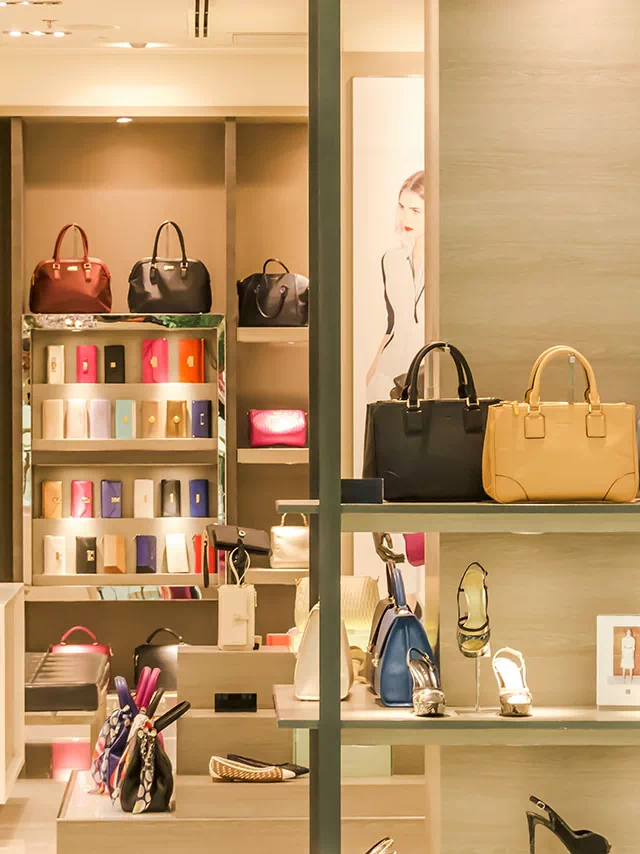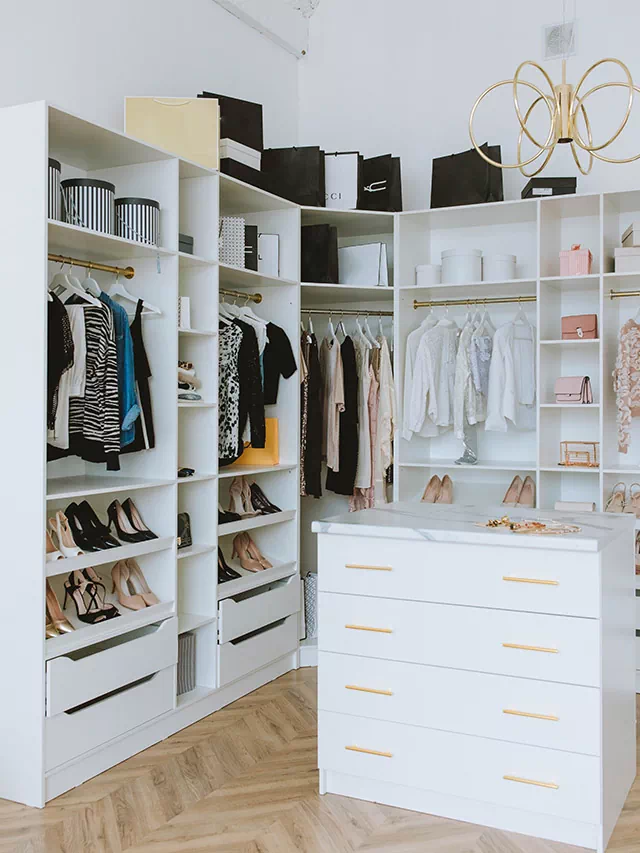The intersection of love and fashion has always been an intriguing topic, but with the rise of the digital age, it has taken on a whole new dimension. Technology has transformed both industries, creating new opportunities for personal expression, connection, emotional engagement, and sustainability. From social media influence to virtual experiences, data analysis to artificial intelligence, the digital age is shaping the way we experience love and fashion. In this context, it is important to understand how technology is changing the relationship between these two industries and what implications it has for the future. In this essay, we will explore the intersection of love and fashion in the digital age, looking at how technology is shaping both industries and the ways in which they intersect.
Love in the digital age
- Changing norms: The digital age has changed the way people approach relationships, with many prioritizing compatibility and shared interests over more traditional factors like physical appearance or social status. Dating apps and social media platforms have made it easier for people to find and connect with others who share similar interests or lifestyles, leading to a shift in the way people form relationships.
- Increased access: Dating apps and social media platforms have also made it easier for people to access potential partners. This is particularly significant for individuals who may have limited access to dating opportunities in their local area or who have difficulty meeting new people in person.
- Long-distance relationships: The digital age has made it easier for couples to stay connected even when they are physically apart through video calls, texting, and other communication channels. This has led to an increase in long-distance relationships, as couples can maintain their connection despite living in different locations.
- New relationship norms: Social media platforms have also given rise to new relationship norms. For example, couples may use emoji to express affection or use social media to publicly share their love and relationship milestones with their followers.
- Potential risks: However, there are also potential risks associated with the use of dating apps and social media for love. Online harassment and catfishing are just a few examples of the potential dangers that individuals may face when using these platforms to form relationships.
- Lack of face-to-face communication: One of the biggest challenges of forming relationships in the digital age is the lack of face-to-face communication. This can make it difficult for individuals to accurately gauge their attraction to someone, read body language, or assess chemistry. In some cases, individuals may create an idealized version of someone they have only interacted with online, which can lead to disappointment when they finally meet in person.
- Pressure to present a perfect image: Social media can also create pressure to present a perfect image of one’s relationship. This can lead to couples feeling the need to constantly post about their relationship or to only share the positive aspects of their lives. This pressure can be particularly acute for individuals who are in long-distance relationships or who may feel insecure about their relationship.
- Reduced privacy: The use of digital platforms for love can also reduce privacy. In some cases, individuals may share personal information or intimate photos with someone they have met online, which can be used against them in the future. This is particularly concerning for individuals who are not yet fully aware of the risks associated with sharing personal information online.
- New opportunities for LGBTQ+ individuals: While the digital age has created new risks and challenges for individuals forming relationships, it has also created new opportunities, particularly for LGBTQ+ individuals. Dating apps and social media platforms have made it easier for individuals to connect with others who share similar interests and identities, leading to a more diverse and inclusive dating pool.
- Increased globalization: The digital age has also led to increased globalization in relationships, as individuals can easily connect with others from all over the world. This can create new opportunities for cross-cultural relationships and can help to break down barriers between different communities.
Fashion in the digital age
- Increased access: The digital age has made it easier for people to access fashion from around the world. With the rise of e-commerce and online shopping, individuals can purchase clothing and accessories from anywhere in the world and have them shipped directly to their door.
- Social media influencers: Social media has also given rise to a new generation of fashion influencers. These individuals have large followings on platforms like Instagram and TikTok and are able to influence trends and consumer behavior. Many fashion brands now partner with influencers to promote their products and reach new audiences.
- Personalization: The digital age has also made it easier for individuals to personalize their fashion choices. With online shopping and customization options, individuals can create unique looks that reflect their personal style and preferences. This has led to a greater emphasis on individuality in fashion.
- Sustainability: The digital age has also brought greater awareness to the environmental impact of the fashion industry. Many consumers now prioritize sustainability and ethical production when making fashion choices. Brands are responding to this trend by offering eco-friendly and ethical options.
- Virtual try-on: Virtual try-on technology has also become more common in the fashion industry. This technology allows individuals to try on clothing virtually using a computer or smartphone camera, which can help to reduce the number of returns and increase customer satisfaction.
- Data-driven fashion: The use of data has become increasingly important in the fashion industry. Brands are using data to better understand consumer preferences and behavior, which can help them to create more targeted and effective marketing campaigns.
- Collaborations: The digital age has also made it easier for fashion brands to collaborate with other brands or artists. These collaborations can help to create unique products and reach new audiences.
- 3D printing: 3D printing technology has also had an impact on the fashion industry. Some designers are using 3D printing to create innovative new designs, while others are using it to create custom-fit clothing.
- Instant feedback: Social media and other digital platforms have made it easier for consumers to provide instant feedback to fashion brands. This feedback can be used by brands to improve their products and better understand the needs and preferences of their customers.
- Increased transparency: The digital age has also increased transparency in the fashion industry. With the rise of social media and online reviews, consumers can easily learn about a brand’s history, production practices, and ethical standards. This has put pressure on brands to be more transparent and ethical in their business practices.
- Virtual fashion shows: During the COVID-19 pandemic, many fashion brands turned to virtual fashion shows as a way to showcase their latest collections. This has opened up new opportunities for fashion brands to reach a global audience and showcase their products in innovative ways.
- Augmented reality: Augmented reality (AR) technology has also become increasingly important in the fashion industry. AR allows consumers to virtually try on clothing and accessories, and can be used by brands to create immersive experiences for customers.
- Collaborative design: The digital age has made it easier for designers to collaborate with each other and with consumers. With the rise of digital platforms and tools, designers can work together in real-time from different locations, and can get feedback and input from consumers during the design process.
- Social responsibility: The digital age has also made it easier for fashion brands to promote social responsibility and engage in activism. Many brands are using their platforms to raise awareness about social and environmental issues, and are working to create more sustainable and ethical fashion practices.
The intersection of love and fashion in the digital age
The intersection of love and fashion in the digital age refers to the ways in which technology has changed the relationship between fashion and love. Here are some points to consider:
- Personal expression: Both love and fashion are about personal expression, and the digital age has made it easier for individuals to express themselves in both areas. With the rise of social media and other digital platforms, people can share their fashion choices and romantic experiences with a global audience.
- Connection: Technology has also made it easier for individuals to connect with others who share similar interests and passions. For example, people can join online communities of fashion enthusiasts or connect with potential romantic partners through dating apps and social media.
- Emotional engagement: Fashion and love are both emotional experiences, and the digital age has made it easier for individuals to engage with these experiences on a deeper level. For example, brands can use technology to create immersive fashion experiences that evoke strong emotional responses from consumers, while dating apps can use algorithms to help people find romantic partners who are compatible on an emotional level.
- Influence: Both love and fashion can be influenced by external factors such as trends and cultural norms. The digital age has made it easier for these influences to spread quickly and globally, which can impact both fashion and romantic relationships.
- Marketing: Fashion and love are both highly marketable industries, and brands are using technology to create more targeted and effective marketing campaigns. For example, fashion brands may partner with influencers or use data to create personalized marketing messages, while dating apps use algorithms to help users find potential matches.
- Sustainability: The intersection of love and fashion in the digital age also includes a focus on sustainability. Both industries have faced criticism for their environmental impact, and many brands are now prioritizing sustainability in their business practices. This can include using eco-friendly materials in fashion or promoting sustainable dating practices.
- Personalization: The digital age has also made it easier for individuals to personalize both their fashion choices and their romantic experiences. With the rise of customization options and personalization features, people can create unique fashion pieces or tailor their dating profiles to better reflect their personality and preferences.
- Global reach: The digital age has also made it possible for fashion and love to reach a global audience. Fashion brands can now sell their products to customers all around the world, while dating apps and social media allow individuals to connect with people from different cultures and backgrounds.
- Virtual experiences: The COVID-19 pandemic has accelerated the trend towards virtual experiences in both fashion and love. Fashion brands have turned to virtual fashion shows and online shopping experiences to reach customers, while dating apps have introduced video dates as a way for people to connect during lockdowns.
- Social media influence: Social media has had a significant impact on both fashion and love in the digital age. Influencers and celebrities can use their social media platforms to shape fashion trends and promote certain brands, while social media can also play a role in shaping romantic expectations and behaviors.
- Data analysis: The digital age has also made it easier for brands to collect and analyze data about their customers. This can help fashion brands to better understand their customers’ preferences and needs, while dating apps can use data to create more effective matchmaking algorithms.
- Artificial intelligence: Artificial intelligence (AI) is also playing an increasing role in both fashion and love. For example, AI-powered chatbots can provide personalized customer service in the fashion industry, while dating apps are using AI to analyze user data and make more accurate matchmaking recommendations.
In conclusion, the intersection of love and fashion in the digital age is a fascinating topic that highlights the many ways in which technology is changing the world around us. The digital age has created new opportunities for personal expression, connection, emotional engagement, and sustainability in both industries. However, it is important for individuals and brands to use technology responsibly and to prioritize ethical and sustainable practices in order to best serve their customers and the planet. As we move into the future, it will be interesting to see how love and fashion continue to intersect in the digital age, and what new opportunities and challenges this will bring. Ultimately, it is up to all of us to shape the future of these industries in a way that reflects our values and aspirations.

